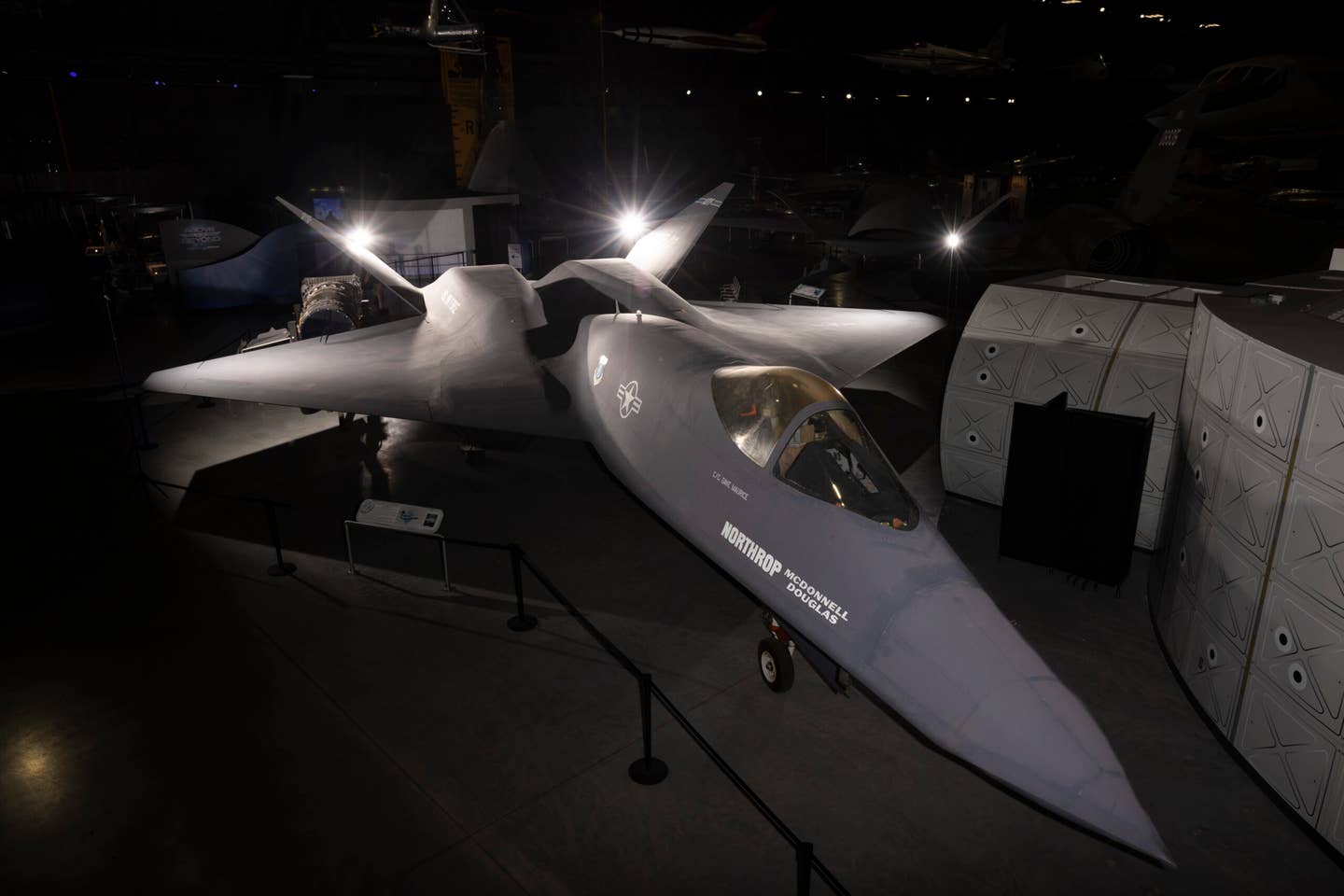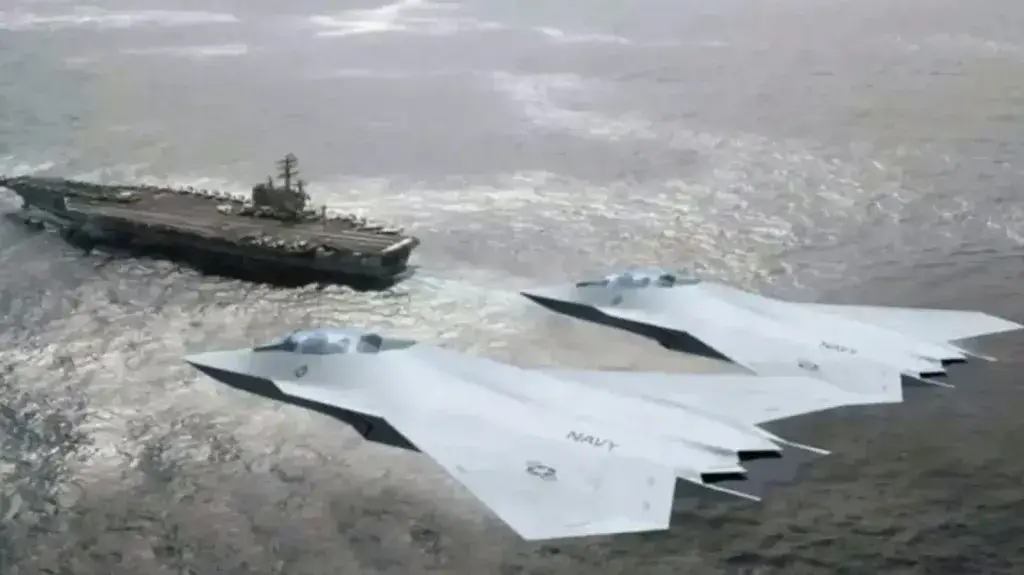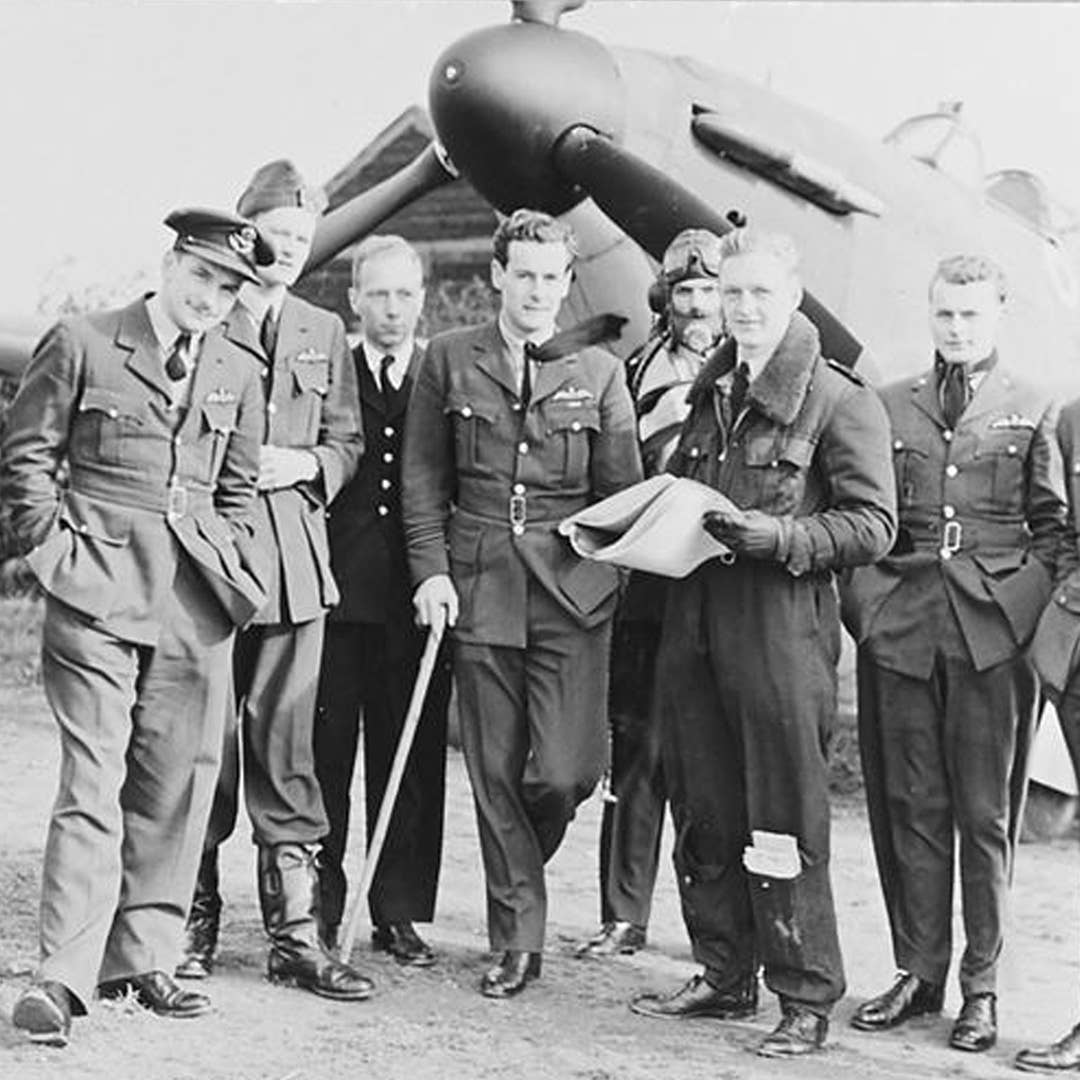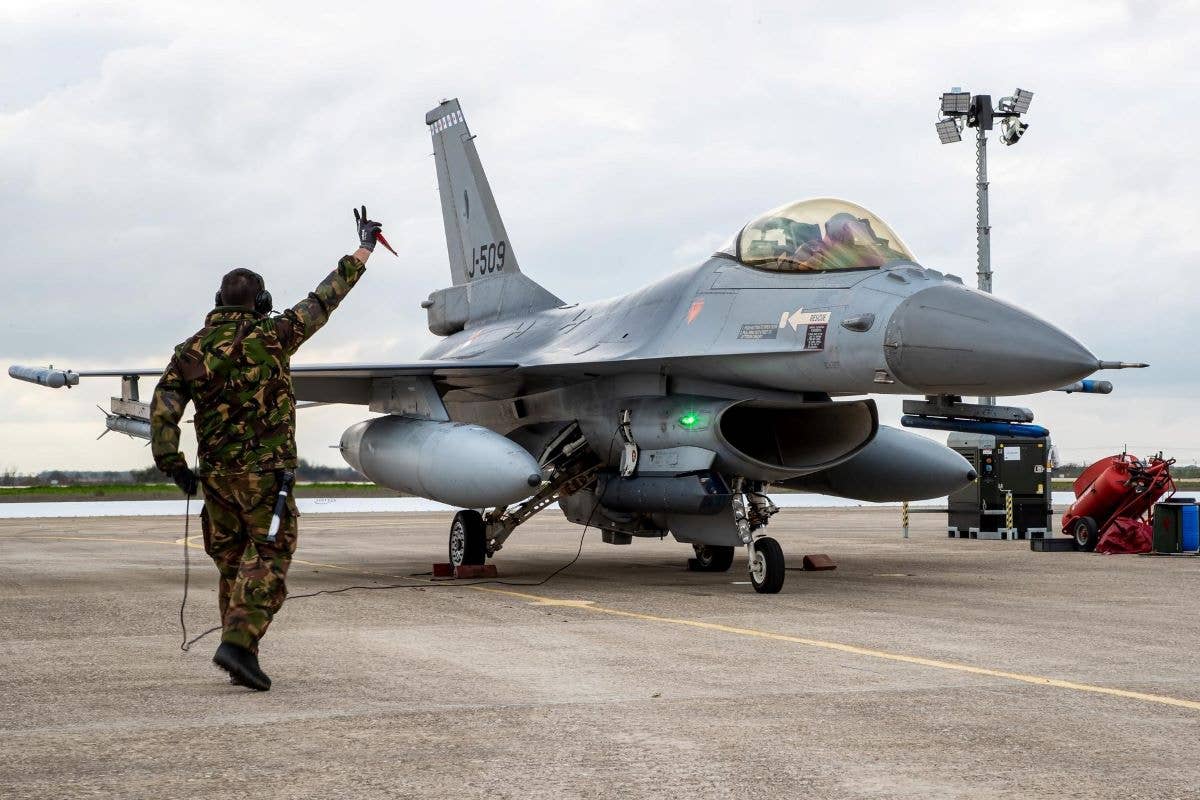National Museum of the U.S. Air Force – Stealth Aircraft

[Photo Credit: Ty Greenlees, NMUSAF]
The National Museum of the U.S. Air Force is the world’s largest military aviation museum. Its 19-acre campus holds an unprecedented collection chronicling not only the history of the U.S. Air Force but also the history of flight and advancements in aviation and space. Nestled throughout this impressive collection of more than 350 aerospace vehicles is a one-of-a-kind collection representing the invention and evolution of stealth technology.
Whether you are drawn to the speed and maneuverability of stealth fighters, or the size and endurance of the lethal stealth bomber, you can see it all when visiting the National Museum of the U.S. Air Force.
Until the mid-1950s, speed and altitude provided the cover necessary to shield aircraft from the threat of enemy jets or missiles. But in 1960, a U-2, piloted by Central Intelligence Agency (CIA) civilian pilot Francis Gary Powers, was shot down over the USSR while photographing missile sites. Speed and altitude no longer guaranteed successful surveillance operations and the race to develop new technology began.
Since that time, the United States has developed ever-increasing proof-of-concept aerial vehicles that allow its military forces to successfully penetrate enemy defenses without detection.
“Stealth technology is largely a function of visual acoustic, heat, infrared, and radar reduction processes,” said National Museum of the U. S. Air Force curator William McLaughlin. “High frequency waves measure distance and size by the amount of time it takes for the wave to bounce off the object and return to the originating station. In order to effectuate stealth technology, the aircraft must minimize its radar cross-section.”
SR-71 Blackbird
The SR-71 Blackbird is the genesis of stealth technology while still using speed as a major component of its safety and defense mechanisms. Developed by Lockheed’s “Skunk Works” program for the CIA’s overflight and surveillance program, the SR-71 is an early predecessor to the technologies of today, including radar diffracting coating and sawtooth paneling that absorb radio waves that hit the aircraft.
F-117A Nighthawk
“Speed and the SR-71 still provided great tools to the U.S. Air Force, but not every air platform is capable of that,” said McLaughlin. “You need to have different aircraft that are capable of lowering the threshold to penetrate enemy integrated air defense systems allowing the lethal strike package to follow.”
The world’s first true operational stealth aircraft capable of attacking high value targets without being detected by enemy radar went into development in the 1970s—the Lockheed F-117A Nighthawk. This revolutionary airframe featured hard angular deflections, a radar-absorbing coating, a platypus tail made of ceramic and composite materials to disperse heat signature, and sawtooth paneling on the wings. It first saw combat during Operation Just Cause in December 1989 and was awarded the 1989 Collier Trophy for its significant achievement in aviation. The Nighthawk came to fame during Operation Desert Storm flying 1,300 missions with no losses and 40 percent aggregate target strikes, destroying the Iraqi air defense system and its command-and-control nodes, according to McLaughlin.
B-2 Spirit
Maturation and advancement of the F-117’s development principles were applied in the development of what would become the U.S. Air Force’s stealth bomber fleet.
The Northrop Grumman B-2 Spirit merged the successful stealth technologies present on smaller fighter jets and unmanned surveillance vehicles into a long-range bomber capable of delivering large payloads of conventional or nuclear weapons. With the support of the U.S. Air Force tanker fleet, the B-2 has true global reach, with the ability to fly from Whiteman Air Force Base (KSZL) to almost anywhere in the world and back. Visitors entering the Cold War Gallery are immediately greeted by the B-2’s “flying wing” design that incorporates composite materials, special coating, and classified stealth technologies, which make it practically invisible to even the most sophisticated air defense radar systems.
F-22 Raptor
The U.S. Air Force soon identified the need for a new air superiority fighter—enter the world’s first stealthy air dominance fighter, the Lockheed Martin F-22A Raptor. The Raptor’s design is a collaboration with Boeing (wings and aft fuselage), Pratt & Whitney (engines), and Lockheed Martin (forward fuselage) to create stealth, maneuverability, and the ability to fly long distances at supersonic speeds (known as “supercruise”). The cockpit is painted with a composite material that aids in radar deflection, allowing the pilot to maintain a broad aerial view without risking radar detection; and the thrust vectoring allows it to enhance maneuverability by changing the angle of the thrust emitted by the aircraft. “This speed and stealth combination make it one of the premier fighters in the world today,” said McLaughlin. When paired with the F-35, the U.S. truly has an almost unmatched air superiority package.
development testing and is painted to represent an F-22A flown by the 1st Fighter Wing at Langley Air
Force Base, Virginia. [Photo Credit: Ty Greenlees, NMUSAF]
Don’t Miss the Rest of the Stealth Collection
The museum’s stealth collection goes beyond these iconic aircraft. During your visit, you can also see:
- The Lockheed D-21B, a highly advanced, remotely piloted aircraft
- YF-12, a high-altitude, Mach 3 interceptor to defend against supersonic bombers
- Boeing Bird of Prey, named for its resemblance to Star Trek’s Klingon spacecraft, this single-seat stealth technology demonstrator was used to test “low-observable” stealth techniques.
- Northrop Tacit Blue, a proof-of-concept aircraft that demonstrated stealthy aircraft could have curved surfaces leading to later aircraft such as the B-2.
- The Northrop McDonnell Douglas YF-23A Black Widow II, which was designed to replace the F-15 Eagle; two prototypes were built, but full-production was halted in favor of the Lockheed F-22A.
Visit the website for the National Museum of the U.S. Air Force today and begin planning your visit.

Sign-up for newsletters & special offers!
Get the latest FLYING stories & special offers delivered directly to your inbox






